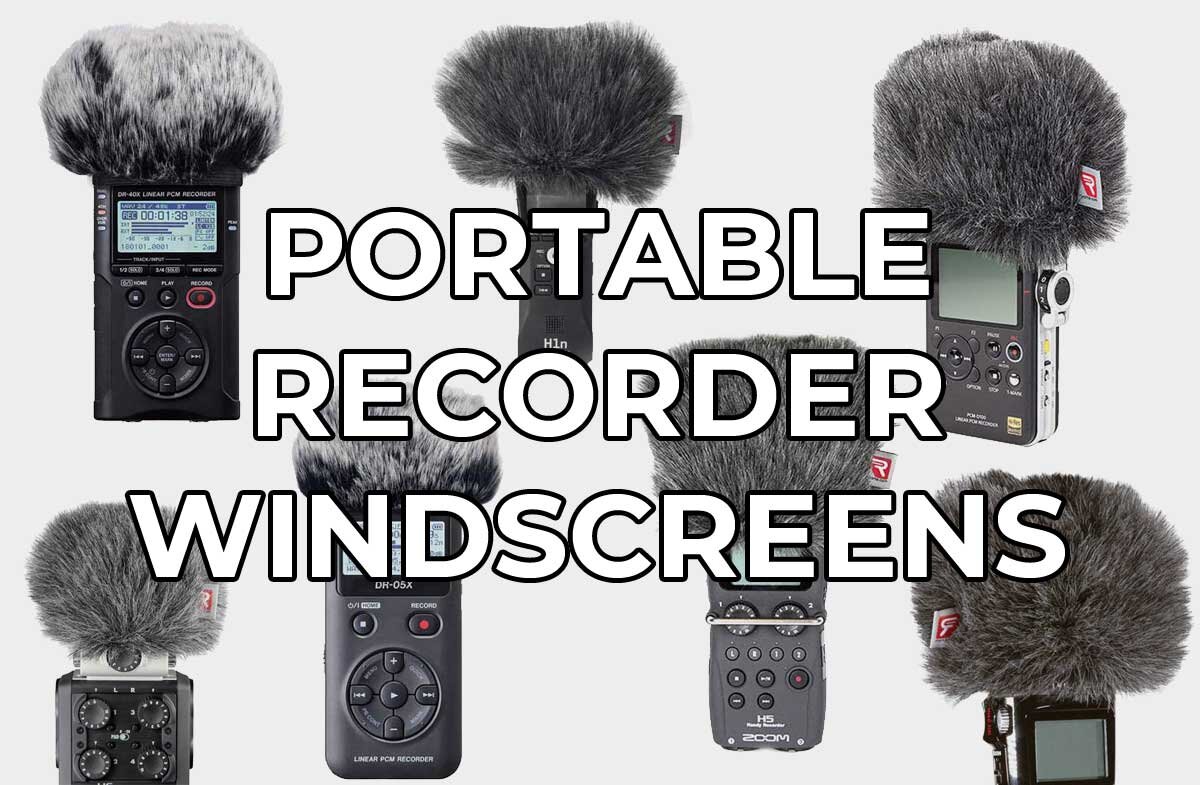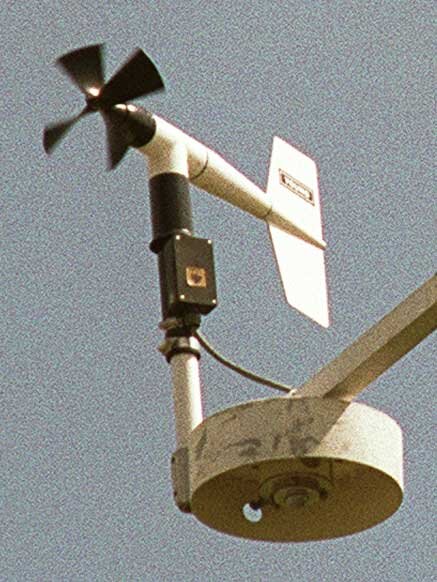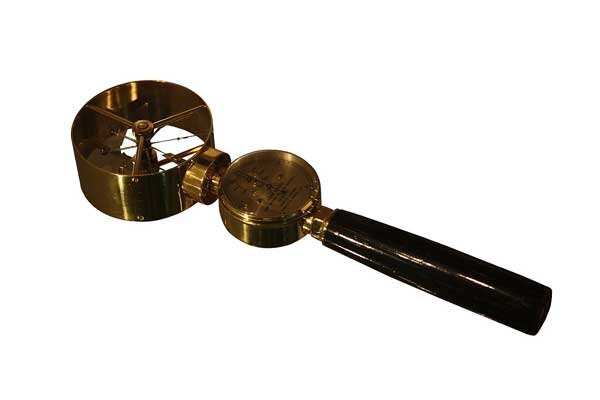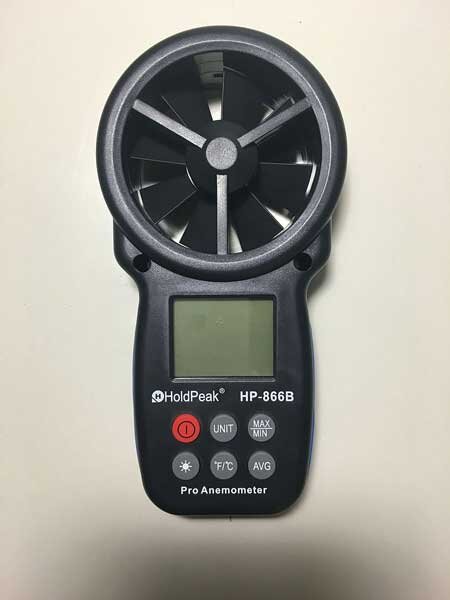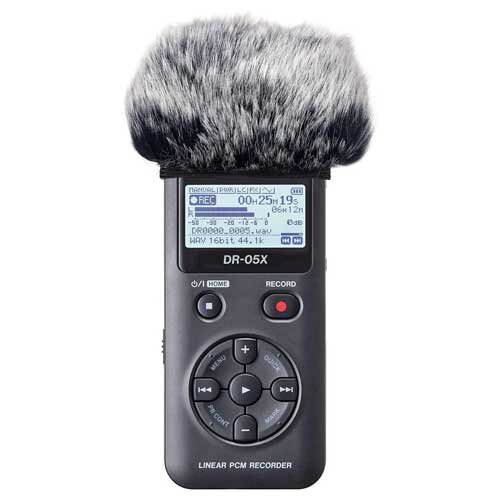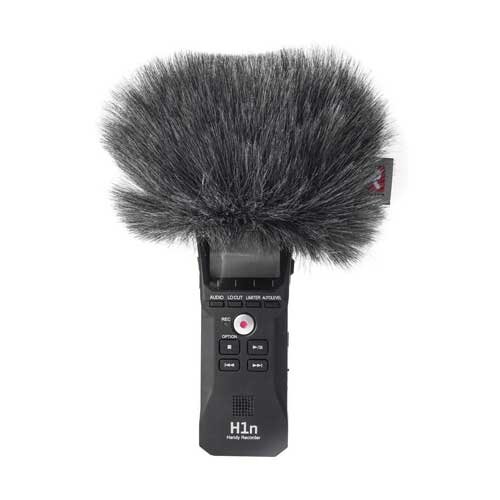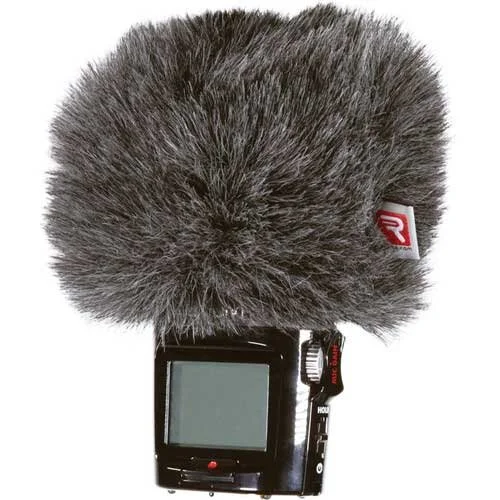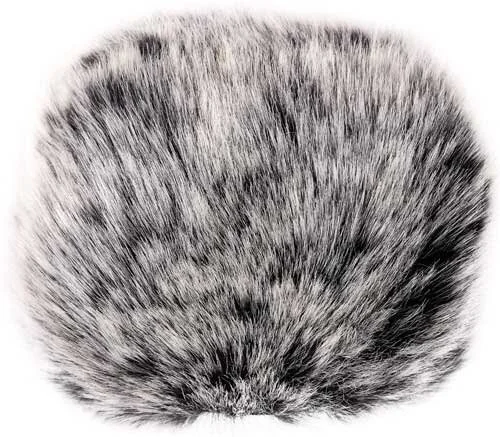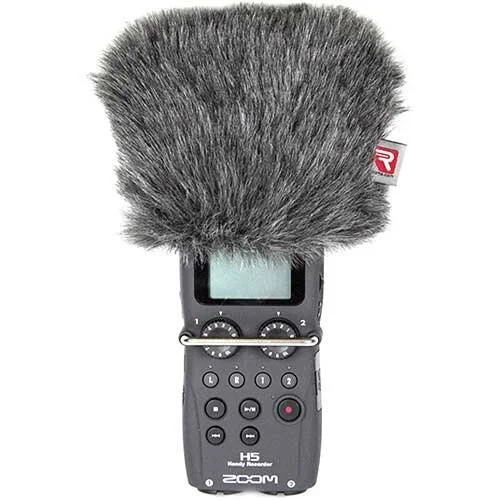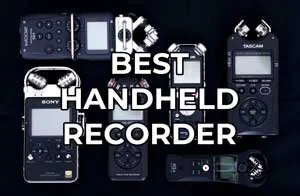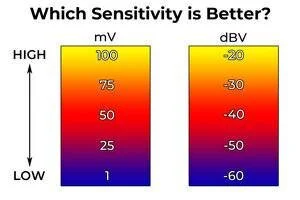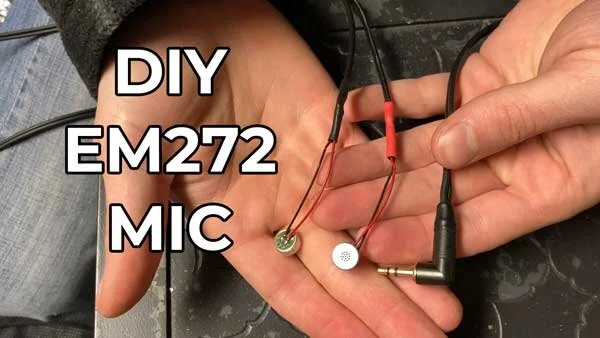Windscreens For Portable Field Recorders
Learn the science behind wind sensitivity and the best windscreen for your recorder in this article!
Not all portable field recorders come with windscreens for their onboard microphones. Others only come with a foam windscreen that doesn’t cut it when attempting to record outdoors.
This article lists windscreen recommendations for many popular handheld field recorders.
Select your field recorder model from the list below to view available windscreens.
Table of Contents:
• Why Do I Need A Windscreen? • How Are Wind Speeds Measured? • Anemometers • Windscreens for Popular Recorders
Links in this article are affiliate including Amazon Associates. Purchasing through these links will earn me a small commission at no extra cost to you. Thank you for your support!
Why Do I Need A Windscreen?
If you have ever tried recording in the wind, you already know the answer to this question. If you haven’t, microphones are incredibly sensitive to wind noise and it doesn’t take much to ruin a recording. Even just air moving at 1 mph can overload the microphone resulting in distorted audio.
You may be thinking to yourself, “why does something silent like moving air cause audio peaking and distortion?” To answer this question, we need to better understand how a microphone works.
Why Are Microphones So Sensitive To Wind?
Learning how the diaphragm functions is the key to understanding microphone wind noise sensitivity.
Microphones are susceptible to wind noise because of the way the diaphragm works. I’ve chosen to highlight the function of a condenser microphone since they are used for field recording, but the diaphragm in a dynamic microphone works the same way.
Incoming sound waves strike the diaphragm causing it to vibrate. As it vibrates, the distance between the diaphragm and the backplate changes. This varying distance generates a constantly fluctuating charge that mimics that pattern of the incoming sound waves. This charge creates an electrical signal that corresponds to the sound.
The video below explains this process in greater detail.
Microphone diaphragms are so thin and lightweight, that even the slightest sound will cause them to vibrate. In fact, most diaphragms are 5 microns thick. That’s the same diameter of a red blood cell!
So if a diaphragm can pick up the subtle vibrations of a distant, singing bird, imaging how sensitive it must be to the direct impact of moving air. As you can imagine, the thin diaphragm vibrates violently and creates a signal that exceeds the dynamic range of the recorder, resulting in extremely distorted audio.
How Are Wind Speeds Measured?
Wind speeds can be measured in many different ways. Miles per hour, kilometers per hour, meters per second, and even knots. All of these varying methods can make comparing wind speeds a pain. If only there was an empirical method for measuring wind speed…
Introducing the Beaufort Wind Scale.
The Beaufort Wind Scale
Invented by Sir Francis Beaufort in 1805, the Beaufort Wind Scale is a method for estimating wind speed based on observations from your environment.
It was originally developed to standardize wind force observations while at sea - one man’s “stiff breeze” might be another’s “soft breeze”. Today, Beaufort scale terminology is still used for weather forecasts for shipping and severe weather warnings.
This method is useful because it allows you to assess your environment with nothing more than your senses. All you have to do is observe how the wind is interacting with your surroundings.
If you require exact wind speed measurements, you should look into purchasing an anemometer.
This scale is really overkill for microphone windscreens since even the best wind solutions can only counteract force 5 winds. Nonetheless, the full chart is below.
| Force | Wind Speed | Classification | Appearance |
|---|---|---|---|
| 0 | < 1 mph < 2 km/h < 0.5 m/s |
Calm | Smoke rises vertically |
| 1 | 1–3 mph 2–5 km/h 0.5–1.5 m/s |
Light air | Smoke drift indicates wind direction, still wind vanes |
| 2 | 4–7 mph 6–11 km/h 1.6–3.3 m/s |
Light breeze | Wind felt on face, leaves rustle, vanes begin to move |
| 3 | 8–12 mph 12–19 km/h 3.4–5.5 m/s |
Gentle breeze | Leaves and small twigs constantly moving, light flags extended |
| 4 | 13–18 mph 20–28 km/h 5.5–7.9 m/s |
Moderate breeze | Dust, leaves, and loose paper lifted, small tree branches move |
| 5 | 19–24 mph 29–38 km/h 8–10.7 m/s |
Fresh breeze | Small trees in leaf begin to sway |
| 6 | 25–31 mph 39–49 km/h 10.8–13.8 m/s |
Strong breeze | Larger tree branches moving, whistling in wires |
| 7 | 32–38 mph 50–61 km/h 13.9–17.1 m/s |
Near Gale | Whole trees moving, resistance felt walking against wind |
| 8 | 39–46 mph 62–74 km/h 17.2–20.7 m/s |
Gale | Twigs breaking off trees, generally impedes progress |
| 9 | 47–54 mph 75–88 km/h 20.8–24.4 m/s |
Strong Gale | Slight structural damage occurs, slate blows off roofs |
| 10 | 55–63 mph 89–102 km/h 24.5–28.4 m/s |
Storm | Seldom experienced on land, trees broken or uprooted, "considerable structural damage" |
| 11 | 64–72 mph 103–117 km/h 28.5–32.6 m/s |
Violent Storm | Very rarely experienced; accompanied by widespread damage |
| 12 | ≥ 73 mph ≥ 118 km/h ≥ 32.7 m/s |
Hurricane | Devastation |
Anemometers (Wind Gauges)
An anemometer is a device used for measuring wind speed. Some anemometers also measure wind direction and wind pressure. They are a vital tool for weather forecasting and monitoring.
There are many different kinds anemometers but the most popular one is the vane anemometer. Vane anemometers use a propeller and a tail for precisely measuring wind speed and direction. Below are some examples.
For taking wind speed measurements in the field, a hand-held anemometer is best. If you are interested, I’ve listed a couple popular models below.
Affordable Anemometer
HoldPeak 866B Anemometer
The HoldPeak 866B is a backlit, handheld digital anemometer that is just larger than pocket-size.
The 8-leafed vane is capable of measuring wind speeds from 1-69 mph and can display the current, average, max, or min wind speed.
Besides measuring wind speed, the 886B also measures temperature in °F/°C.
For storage, the 866B comes with a soft, zippered case with an internal, mesh pocket.
Prosumer Anemometer
Kestrel 1000 Pocket Wind Meter
Kestrel is one of the premier anemometer manufacturers. All Kestrel anemometers are made in the USA, waterproof, float, and are backed by a 5 year warranty.
The Kestrel 1000 is their most basic model but it is well-engineered and is small enough to fit in your pocket.
The 1" user replaceable impeller is mounted on a sapphire jewel bearing, which means it starts rotating with the slightest puff of air.
The Kestrel 1000 can measure wind speeds from 0.1-135 mph and can display the current, average, max, and min wind speed and can easily be switched between mph, km/h, ft/min, m/s, knots and Beaufort readouts.
Windscreens for Popular Field Recorders
Windscreen for Sony PCM-D100
Stock Windscreen Upgrade: Rycote D100 Mini Windjammer
The Mini Windjammer from Rycote is a big upgrade over the included windscreen for the D100. It adds an internal layer of foam for creating a larger pocket of dead-air, and a silicone grip ring for a more secure fit. It also has longer fur, further increasing its wind-blocking abilities.
• internal layer of foam
• silicone grip for secure fit
• Beaufort: 2 Slight Breeze
Windscreen for Tascam DR-05x
Budget-Friendly: YOUSHARES Windscreen for Tascam DR-05x
Better Option: Rycote Tascam DR-05x Mini Windjammer
Windscreen for Tascam DR-40x
Budget-Friendly: Sunmon DR-40x Deadcat
Better Option: Rycote DR-40x Mini Windjammer
Windscreen for Tascam DR-100mkiii
Budget-Friendly: YH&YX Furry DR-100 Windscreen
Professional Option: Rycote DR-100mkiii Windjammer
Windscreen for Zoom H1n
Budget-Friendly: ChromLives Microphone Windscreen
Better Option: Rycote Zoom H1n Mini Windjammer
Windscreen for Zoom H2n
Budget-Friendly: YOUSHARES Windscreen for Zoom H2n
Professional Option: Rycote Zoom H2n Mini Windjammer
Windscreen for Zoom H5
Budget-Friendly: ChromLives Furry Windscreen
Professional Option: Rycote Zoom H5 Mini Windjammer
Windscreen for Zoom H6
Budget-Friendly: YOUSHARES Zoom H6 Windscreen
Better Option:
Support Acoustic Nature
If you enjoyed this post and would like to help support Acoustic Nature, please consider "buying me a coffee" or becoming a Patreon with the buttons below.
As a thank you for your support, Patreon supporters receive a copy of Field Recording For Beginners, exclusive access to the full Behind The Sounds video series, nature sound library downloads, and more.
If you are unable to support the site financially, please share this post with others, or leave a comment below letting me know you enjoyed this post! Both are free and help the website grow. Thank you ♫
Thanks for reading,
-Jared

